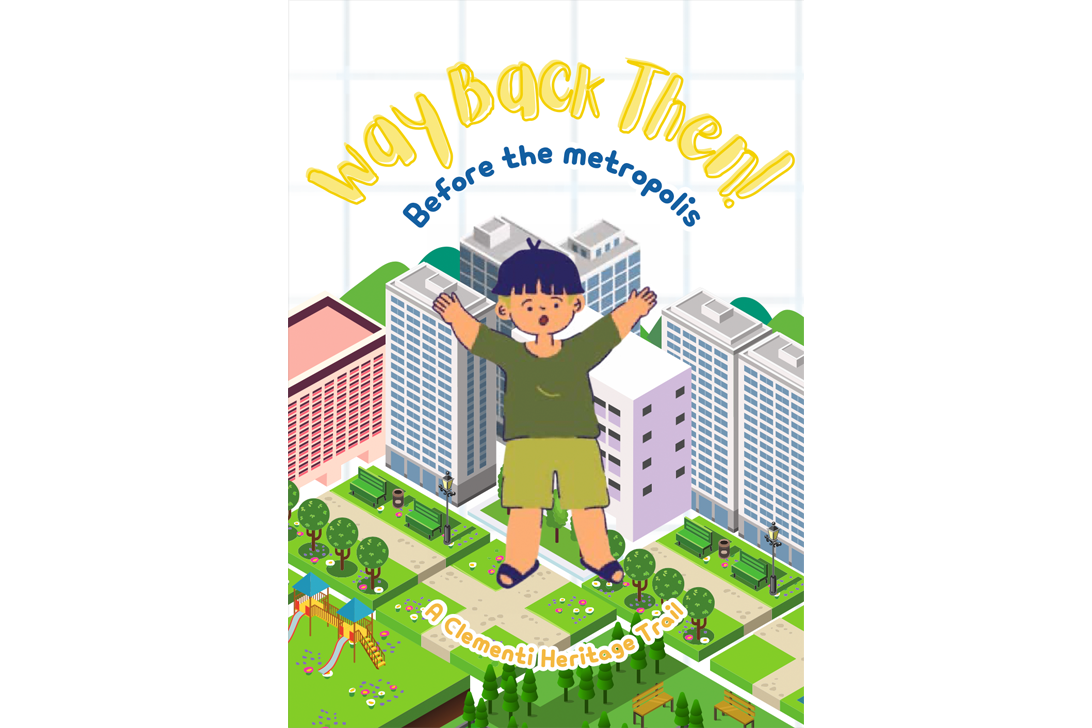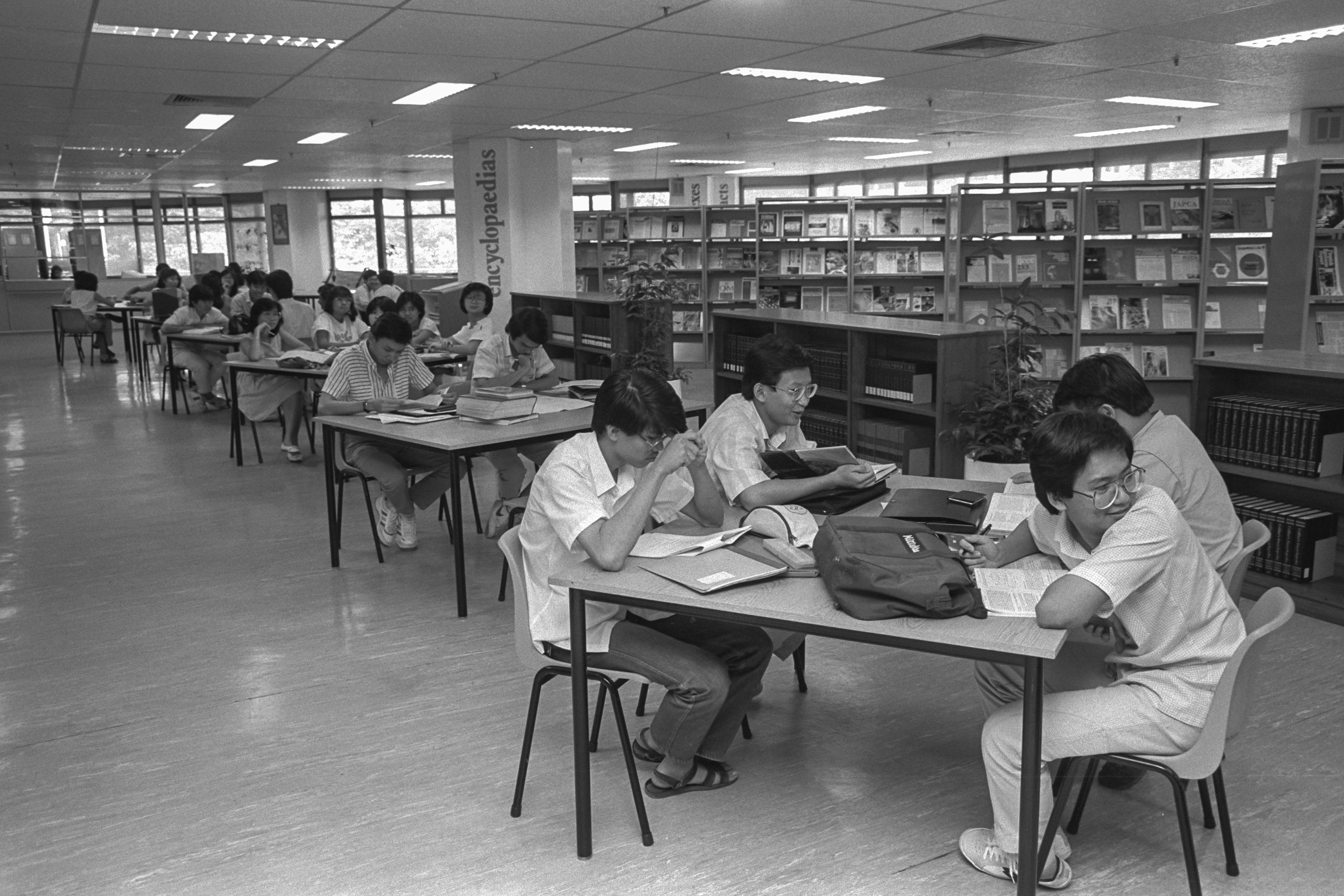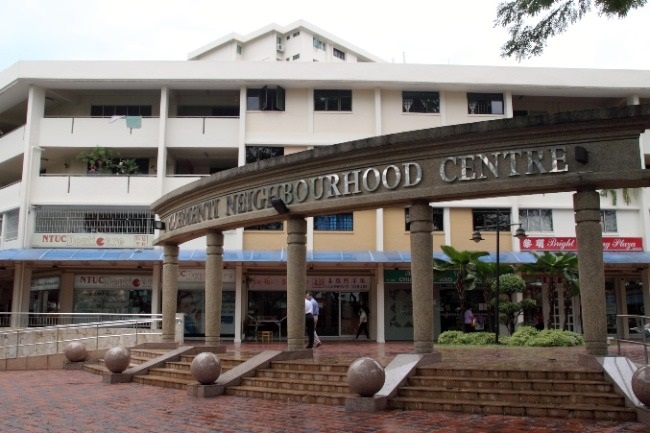Industry and Agriculture
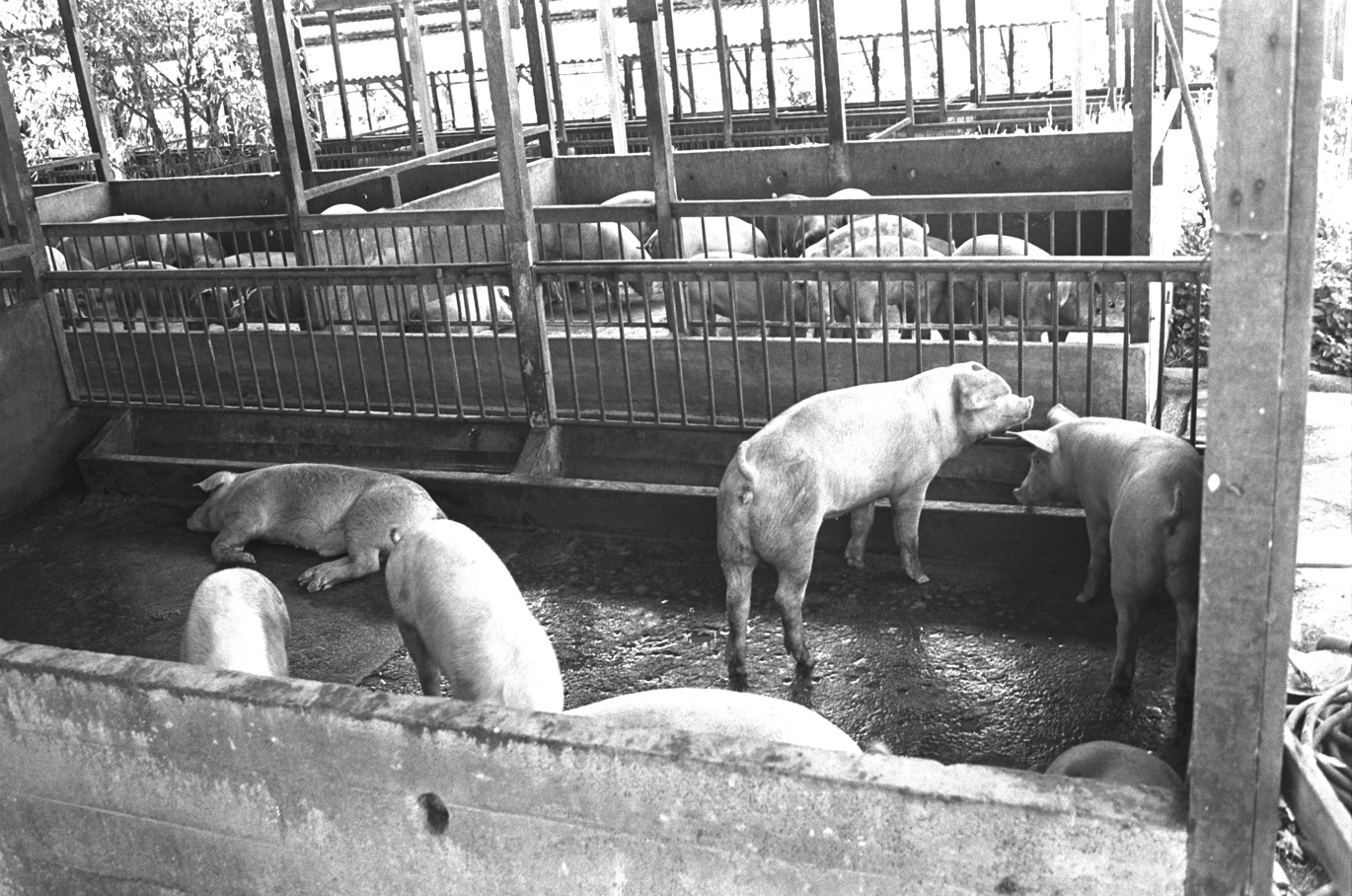
Discover the agricultural industries in Punggol that transformed the area from a fishing village into a major farming district before its development into a modern waterfront town:
-
During the Malayan Emergency, Kampung Wak Sumang, also referred to as Kampung Punggol, experienced the arrival of refugees from Johor – among them were skilled fishermen who started the kupang (mussel) trade and cottage industry. Mussel farmers would dive during low tide near a kelong (wooden offshore fishing platform) to collect the crustaceans, which were then shelled by hand. A group of six to eight people would spend three hours processing a full sampan (small boat) load.
-
Once home to a portion of Singapore's estimated 25,000 farming families, Punggol had its rural landscape shaped by diverse agricultural activities including vegetable, poultry and pig farming. In 1959, the government established the Primary Production Department (PPD) to better serve the needs of farmers and fishermen and modernise farming and fishing practices. It introduced, for instance, a ploughing service in 1960 which proved so popular that it displaced private tractor operators. In the Punggol, Sembawang, and Yio Chu Kang areas, a single tractor working for 18 days ploughed more than 11 acres, serving 40 plots belonging to 32 farmers. This service particularly helped farmers growing non-leafy vegetables such as cucumbers and long beans on hillslopes, reducing their production costs and improving productivity.
-
The swampy areas in Punggol were also used for farming aquatic plants such as water hyacinth. In 1971, some farmers converted their vegetable farms to aquatic plant cultivation after recognising the market's potential, following Singapore's export of more than $6 million worth of tropical fish in 1970. These aquatic plants were exported alongside tropical fish to adorn aquariums in countries such as Britain, Switzerland, and Germany.
-
In December 1974, the government designated 620 acres of land in Punggol for large-scale commercial pig farming. This decision was part of a strategy to move traditional pig farms from other areas of Singapore to Punggol, as pig farming had become a major source of pollution due to its high waste output. The aim was to protect water-catchment zones, particularly following the development of the Kranji-Pandan Reservoir in 1971.
-
By 1977, pig farms in Punggol were exceeding production targets, but concerns over pollution, as well as the significant land and water resources required, prompted a policy shift. In 1984, Goh Keng Swee, head of the PPD, suggested importing live pigs and frozen pork to mitigate environmental damage. As a result, pig farming in Punggol was gradually phased out, with the last 22 farms closing by November 1989.
-
In 1981, the PPD introduced a pig farm management course at the Punggol Pig Centre for GCE A Level students. The course covered modern farming techniques, including management, veterinary science, and worker supervision, to address the demand for skilled managers as mechanisation advanced. A nine-month programme was later introduced for students from Singapore and ASEAN countries. However, by 1983, plans for a second course for GCE A Level students were cancelled due to a lack of interest and the gradual phase out of pig farms.
-
In addition to pig farms, Punggol was home to poultry and crocodile farms. Yak Seng (Hay) Farm, one of the largest poultry and pig farms in Singapore in 1971, housed 50,000 chickens, 8,000 pigs, and 1,000 crocodiles at that time. In crocodile farming, the reptiles were harvested for their skin while their meat was supplied to restaurants like Seafood Paradise in Jurong Crocodile Paradise. Inspired by traditional Chinese medicine, the owner of Seafood Paradise promoted crocodile meat as a remedy for asthma. He recognised an opportunity to utilise meat that would otherwise have been discarded in the crocodile skin trade.
-
The Punggol Fishing Port and Market, which opened in March 1984, was built by the PPD. Fish merchants from the Kangkar wholesale fish market relocated to the new Punggol complex after the government took over the Kangkar area for the development of Hougang New Town. Covering two hectares, the complex became the main fish marketing and distribution centre for the eastern region, with a jetty, bunkering facilities, and cranes for unloading fishing vessels. The port served offshore fishing boats and merchants from the north and east of Singapore.
-
Coney Island, which was located opposite the Punggol Fishing Port, acted as a breakwater, sheltering boats from rough waters. However, as Singapore’s urban expansion took priority, the government earmarked Punggol for transformation into a modern waterfront town. The Punggol Fishing port ceased operations in 1997, and fishing vessels relocated to Senoko Fishing Port.
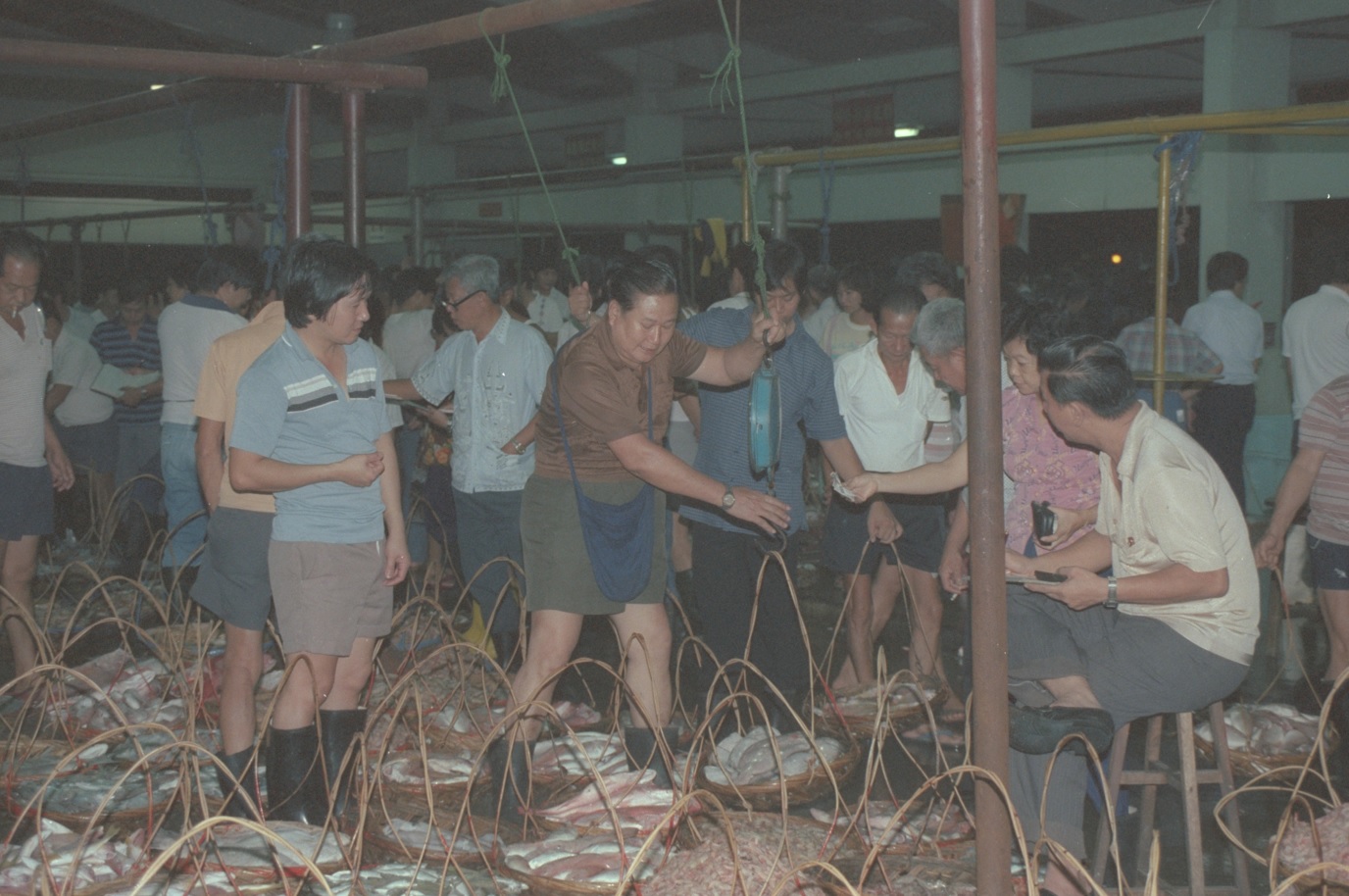 Punggol Fish Market. 1985. Courtesy of National Archives of Singapore. View this image here.
Punggol Fish Market. 1985. Courtesy of National Archives of Singapore. View this image here.
Punggol Zoo
Uncover the history behind one of Singapore’s first zoos and the significant wildlife collections it housed:
-
In 1928, an animal trader, William Lawrence Soma Basapa established Punggol Zoo at 10 Mile Punggol Road to house his growing private collection of animals that included Malayan tigers, Australian cassowaries, and African lions. The zoo became a popular attraction for locals and tourists, with visitors paying a 40-cent entrance fee while students enjoyed discounted rates.
-
Basapa expanded the zoo's collection by importing animals from zoos worldwide, including a black leopard from Sydney's Taronga Park Zoo. By 1936, the zoo housed over 200 animals and 2,000 birds. Notable animals included "Apay" the tiger, Phyllis the orangutan, chimpanzees (one of whom could smoke a cigarette), 26-foot pythons, and seals imported from California. In 1937, the zoo also received a pair of polar bears from Germany.
-
However, as the Japanese invasion of Singapore approached in early 1942, British authorities ordered the destruction of dangerous animals and the release of the harmless ones into the wild.
-
After the deaths of animals at his private menagerie on Serangoon Road and at the Punggol Zoo, Basapa donated their carcasses to the Raffles Museum. Between 1924 and 1938, the museum received numerous animal and bird specimens from him, including tapirs, panthers, tigers, orangutans, elephants, and various other mammals and birds.
-
The Raffles Museum of Biodiversity Research, later renamed the Lee Kong Chian Natural History Museum (LKCNHM), inherited part of the Raffles Museum’s collections. As of 2024, LKCNHM houses over 40 species of birds and mammals donated by Basapa, some of which are on display.
While the Singapore Zoo opened in 1973, many are unaware that smaller private zoos existed on the island long before, including a second Punggol Zoo, run by Chan Kim Suan.
Want to learn more about Singapore’s first zoos? Watch this video to find out more about the history of these lesser-known zoos, the reasons they were closed, and how the Singapore Zoo at Mandai came to be.
Wildlife
Beyond its historical role in animal trade and farming, Punggol remains rich in wildlife today:
-
The waterways of Punggol support a population of otters, with at least four distinct family groups inhabiting the Punggol River, Serangoon River, and coastal areas. These otters serve as biological indicators of water quality, and their return to the area coincided with successful river rehabilitation efforts. They have integrated into Punggol's urban landscape, frequently appearing along Punggol Waterway and establishing holts, which are dens used for sleeping and resting, on Coney Island. These mammals, however, face challenges from urban redevelopment, including construction activities and increased vehicular traffic.
-
The Punggol Park Connector and the Punggol Promenade form part of the North Eastern Riverine Loop which traces the natural coastline of Punggol Beach and riverbanks of Sungei Punggol and Sungei Serangoon. These waterfront corridors serve as important ecological habitats, attracting a variety of wildlife. The Punggol Park Connector, a 6.1km stretch opened in 2010, supports diverse avian species, including the native waterbird grey heron, migratory little egret, and the resident collared kingfisher. The Punggol Promenade, spanning 4.9km, features three distinct zones. One of these zones, the Punggol Point Walk hosts the scaly-breasted munia, the yellow-vented bulbul, and the black-naped oriole.
-
Coney Island, as of 2015, is home to at least 157 animal species, thriving in habitats like coastal forests, grasslands, mangroves, and woodlands. The island houses several nationally threatened species, including the smooth-coated otter and the Sultan dragonfly. Coney Island has around 80 bird species, with seven locally threatened, such as the black-crowned night heron and the rusty-breasted cuckoo. Migratory birds like the Chinese goshawk and four species of woodpeckers also visit the island. The solitary, free-roaming Brahman bull, a Zebu cattle breed from South Asia, was also a resident of Coney Island. Its origins on the island remain a mystery. Cared for by NParks, the bull died in 2016 during a routine health check.
Punggol’s transformation from an agricultural hub to a modern residential town has not erased its deep connection with wildlife. Curious to know more interesting facts? Explore the Punggol story map for an immersive, interactive journey through the area.
About National Library Board
The National Library Board (NLB) nurtures Readers for Life, Learning Communities and a Knowledgeable Nation by promoting reading, learning and history through its network of 28 libraries, the National Library and the National Archives of Singapore. NLB also forges strategic partnerships that encourage awareness, appreciation and greater discovery of Singapore’s history through its rich collections on Singapore and the region.




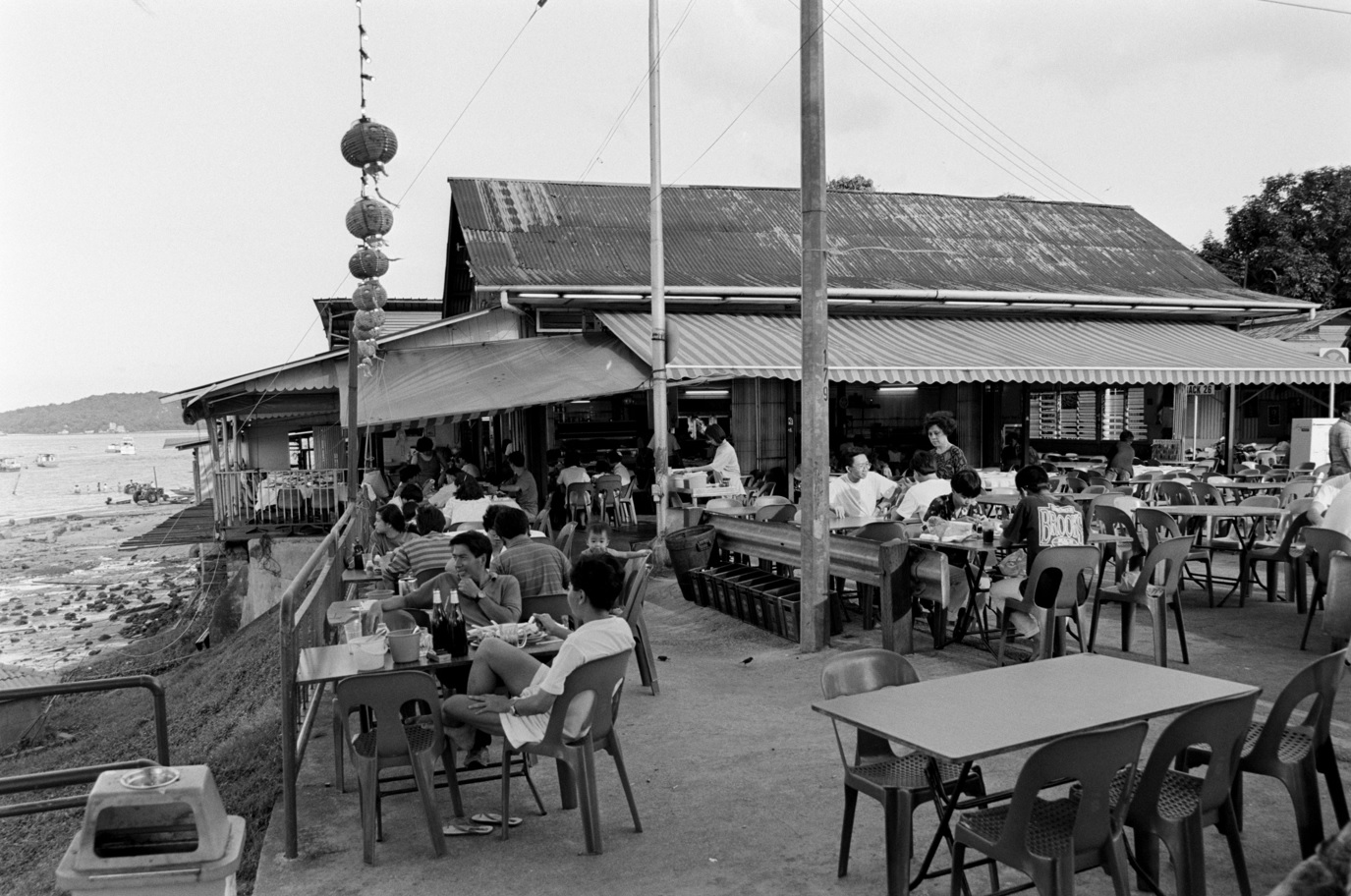

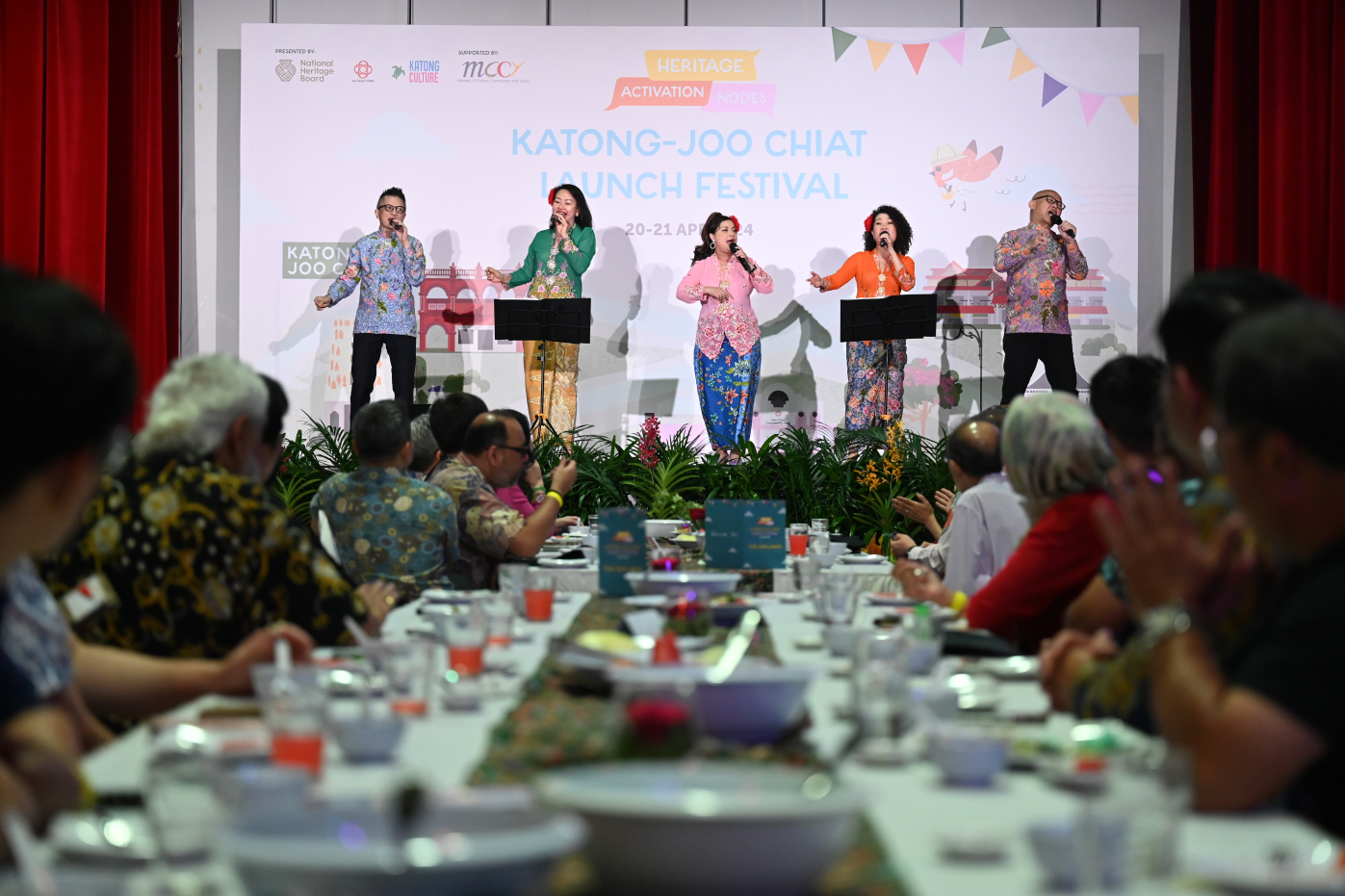





.ashx)
